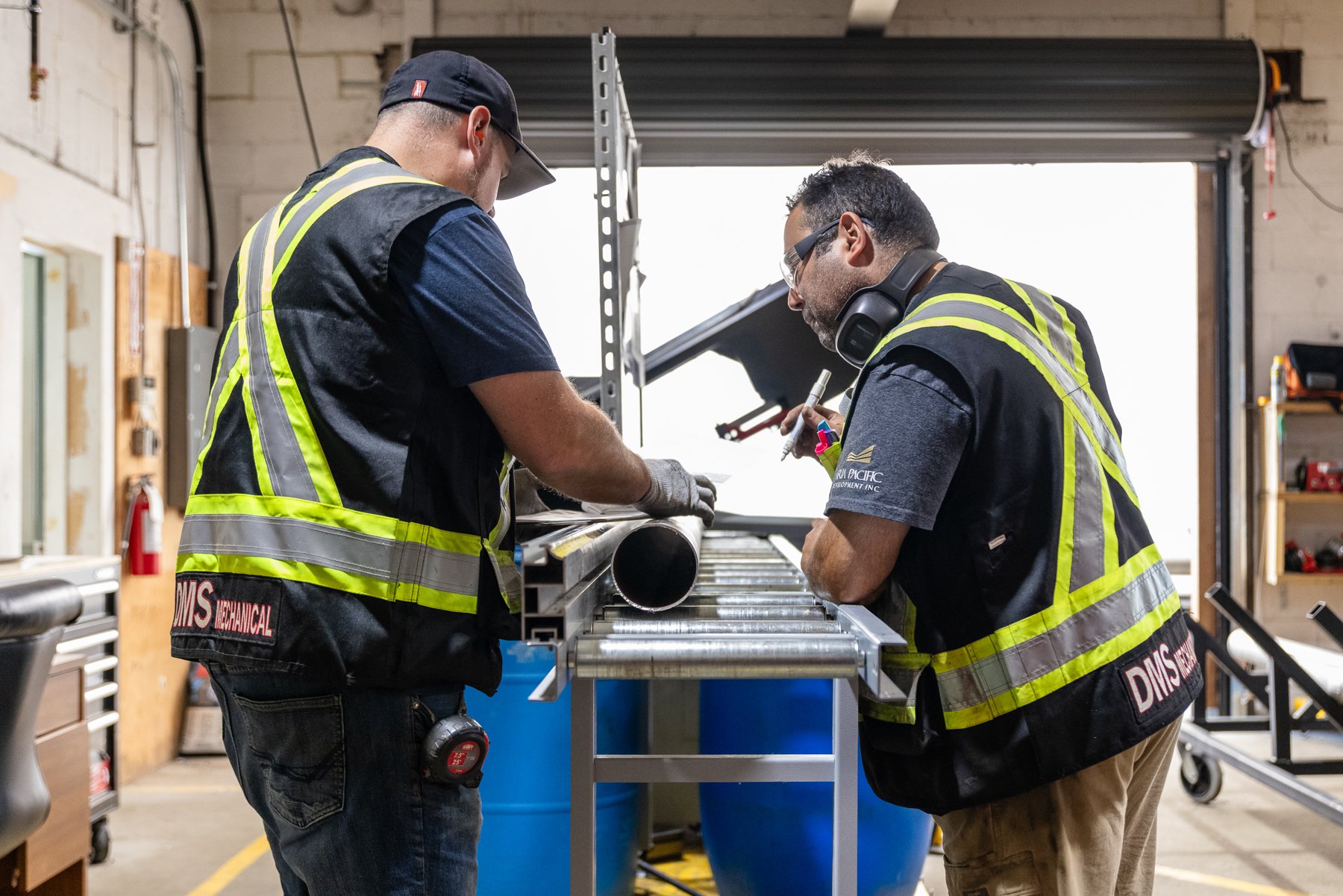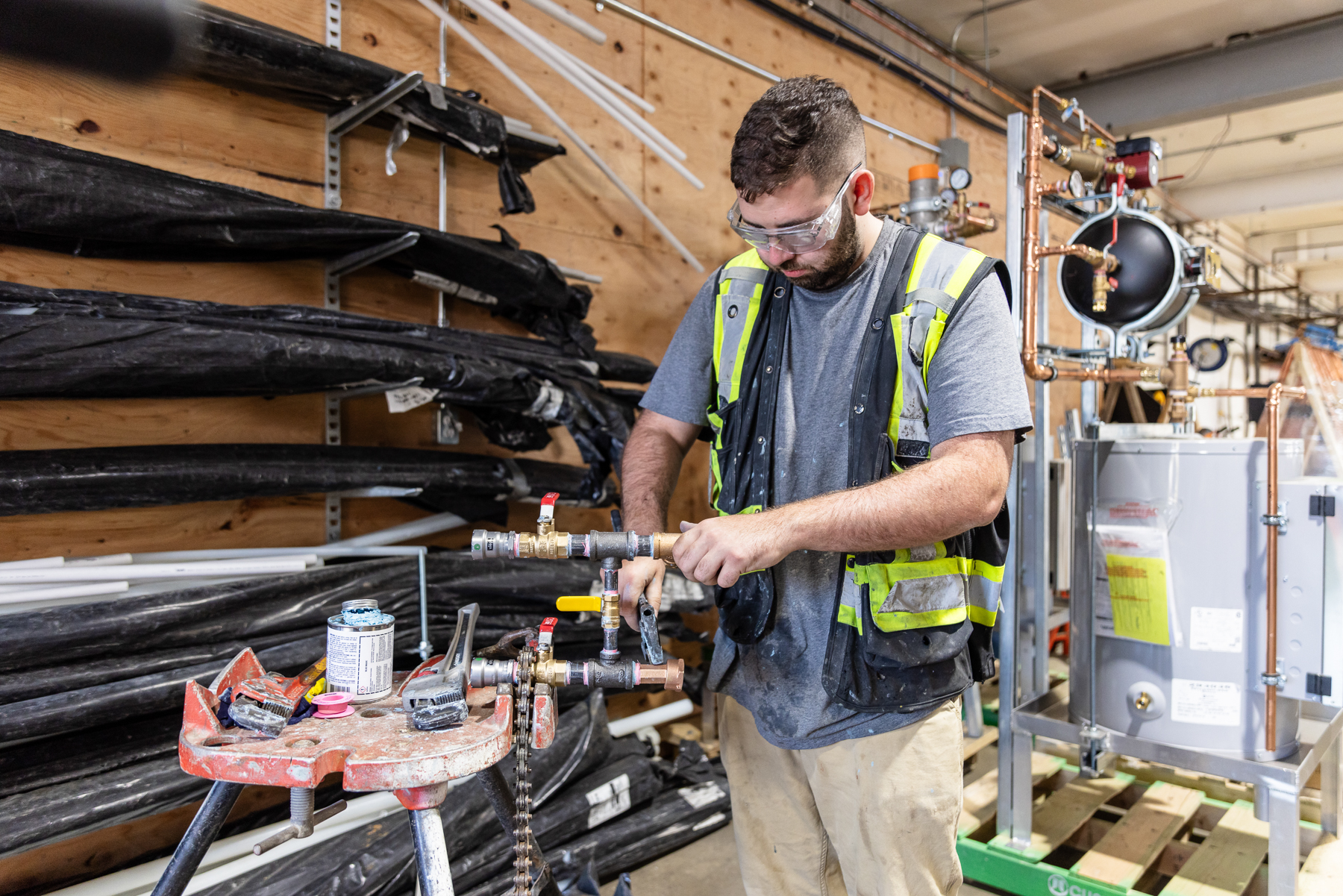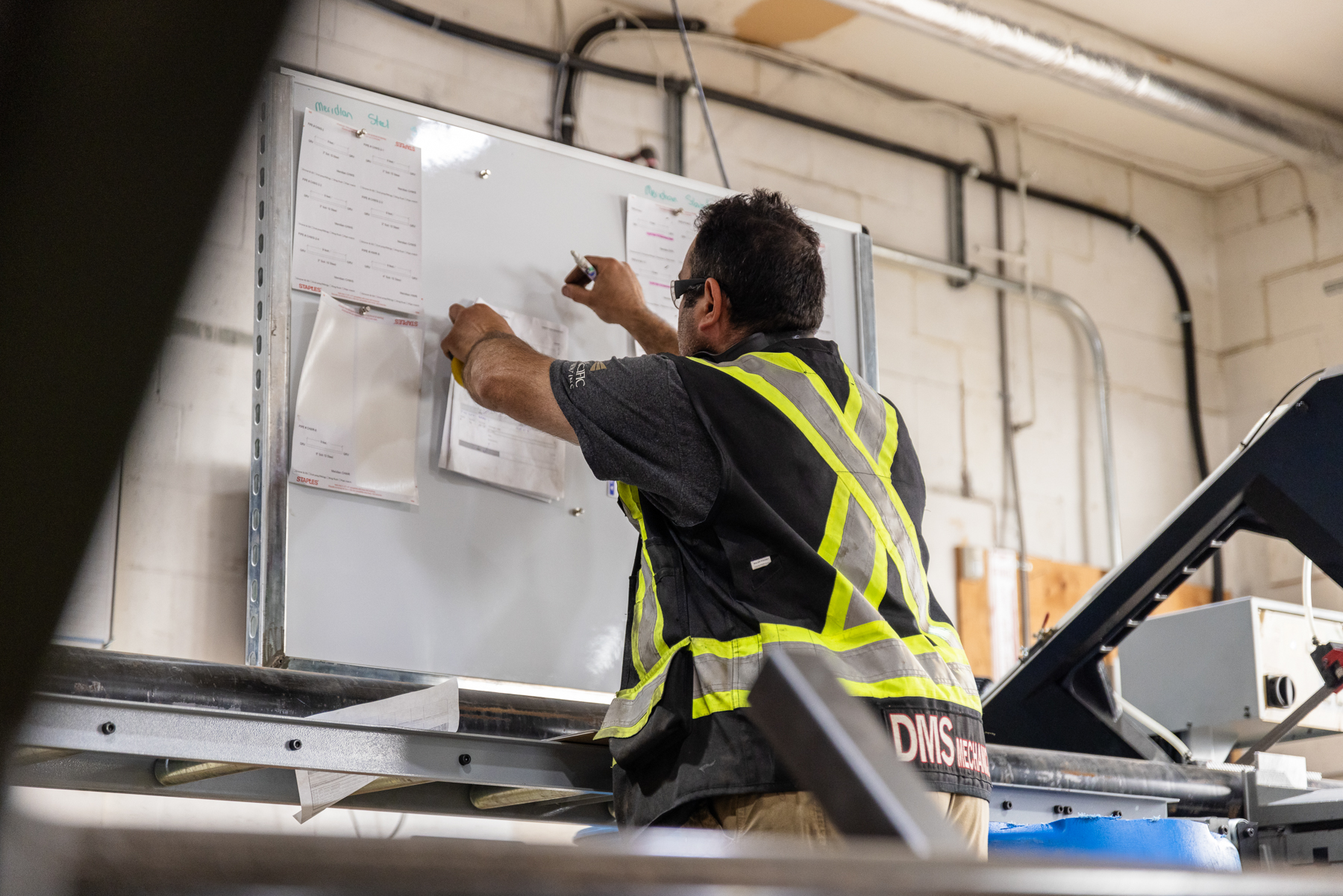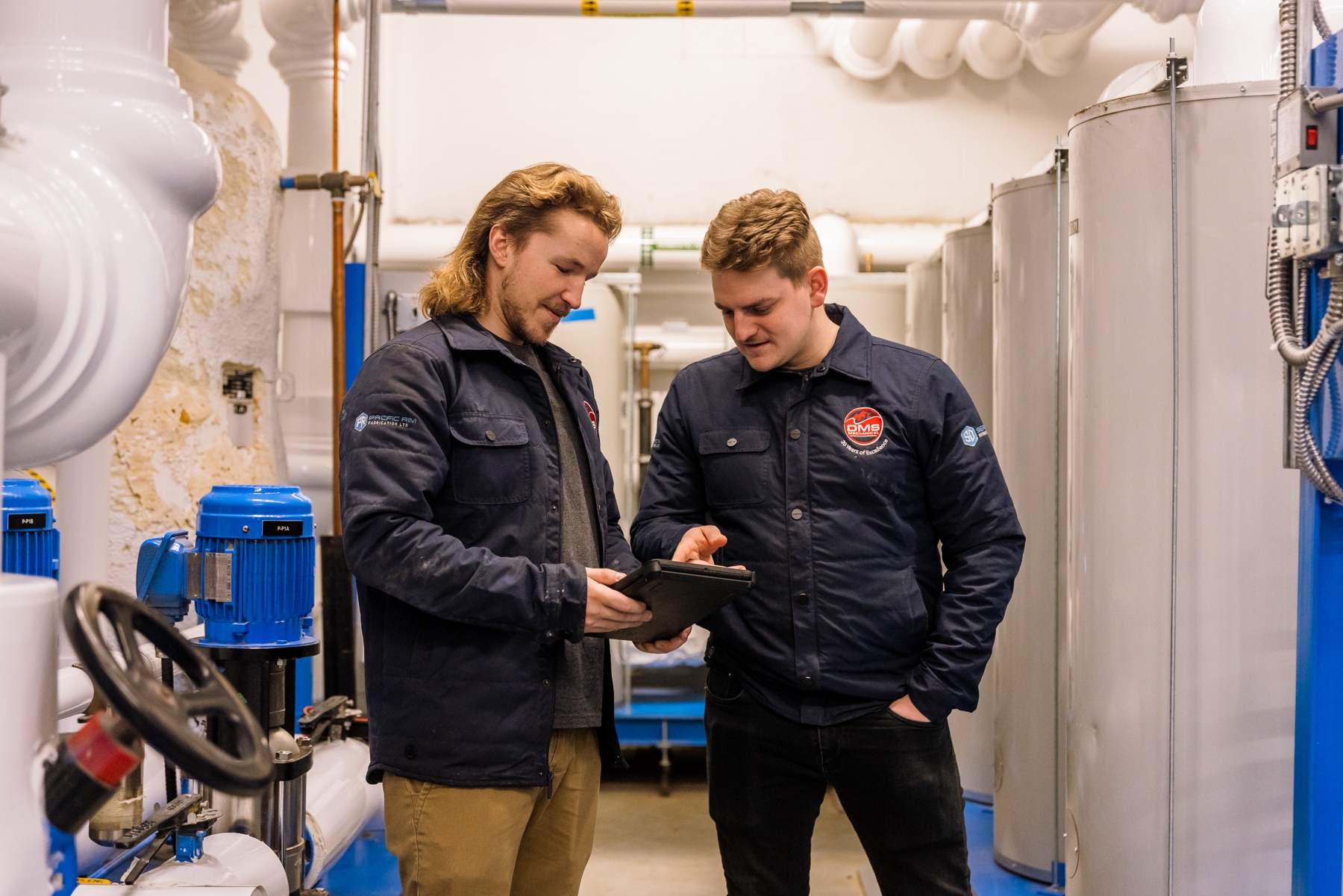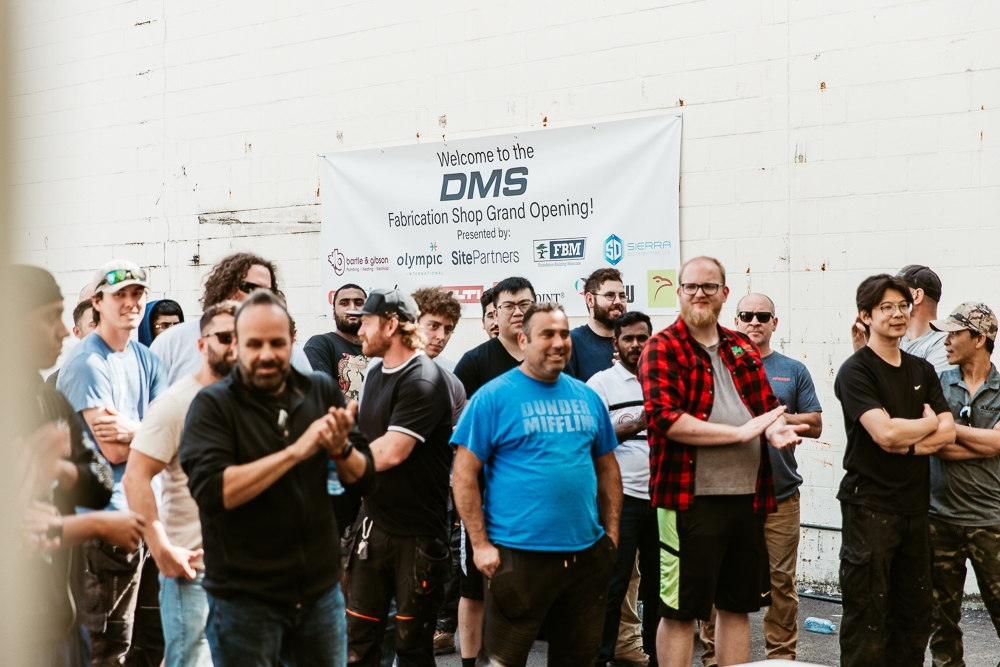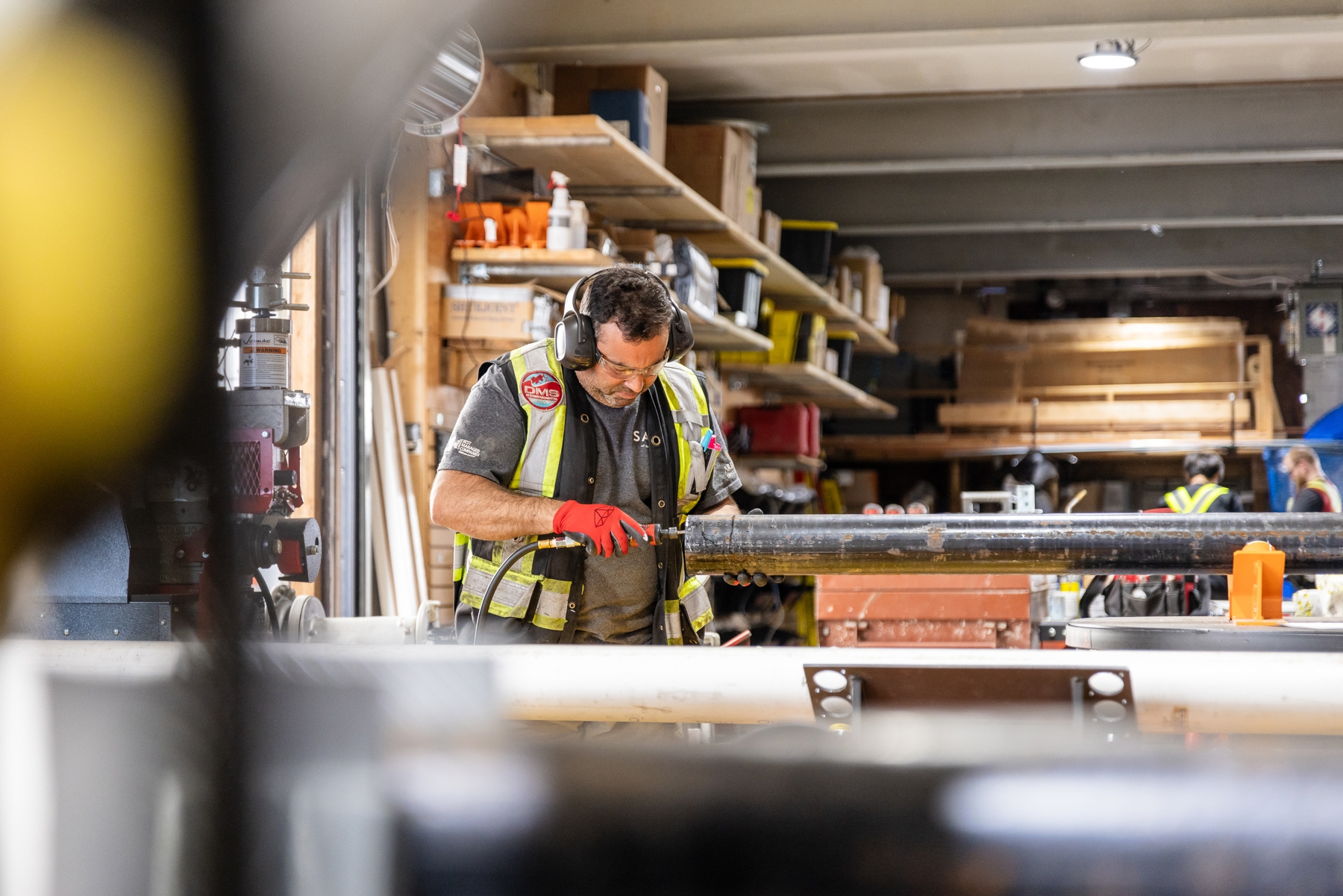In the dynamic landscape of modern workplaces, prioritizing health, safety, and environmental considerations is not just a legal requirement but a fundamental responsibility. In this pursuit, the cornerstone of any safety management system is a robust program of regular workplace inspections. As we delve into our November safety blog, we unravel the critical objectives and benefits that workplace inspections bring to the forefront. From understanding the intricacies of daily tasks to pinpointing potential hazards, these inspections are vital in preventing incidents and breakdowns. Join us in exploring the various types, frequencies, and methods that constitute effective workplace inspections, and discover how this proactive approach is not only regulatory compliance but a strategic investment in the well-being of both employees and organizational success.
Objectives of workplace inspections:
- Listen to the concerns of workers.
- Learn more about job tasks and activities on the worksite.
- Identify existing or potential hazards.
- Determine causes of hazards.
- Monitor the effectiveness of current hazard controls.
- Recommend corrective actions to eliminate or reduce the risk of existing or potential hazards.
- Meet regulatory requirements.
Benefits of workplace inspections:
- Reduce injuries and incidents.
- Reduce costs of tools and equipment downtime.
- Reduce costs of injuries and claims.
- Increase worker morale and overall workplace culture.
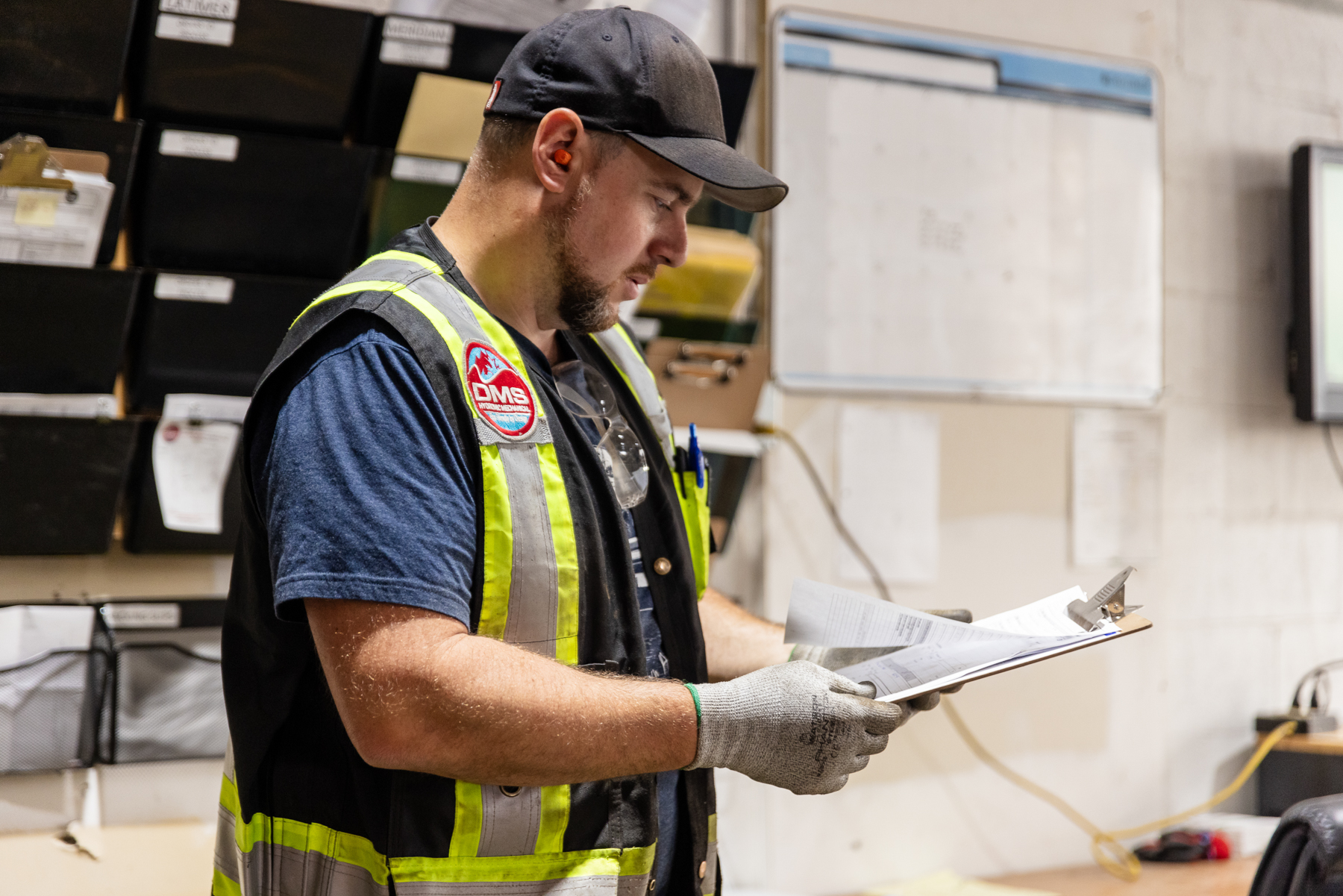
Types of inspections to be carried out include:
- Tools (Grinders, Band Saws, Chop Saws, Drills, Chippers, Snap Cutters, Hammer Drills)
- Equipment (Scissor Lifts, Forklifts, Cranes, Drill Presses, Groovers)
- Safety Equipment (Fall Protection Harness, Lanyards, Ladders, Scaffolding, Temporary Platforms, Personal Protective Equipment)
- Site and Facility (Shops, Offices, and Project Sites)
- Work Area (Specific to a task scope, the work area should be inspected for existing and potential hazards prior to work)
Frequency of inspections:
- Tools shall be inspected daily prior to use.
- Equipment inspections shall be carried out daily prior to use.
- Safety equipment inspections shall be carried out daily prior to use.
- Site and facility inspections are carried out weekly by site leadership and workers, and monthly by an HSE Manager.
- Work area inspections shall be carried out prior to performing any tasks as part of the Field Level Risk Assessment process.
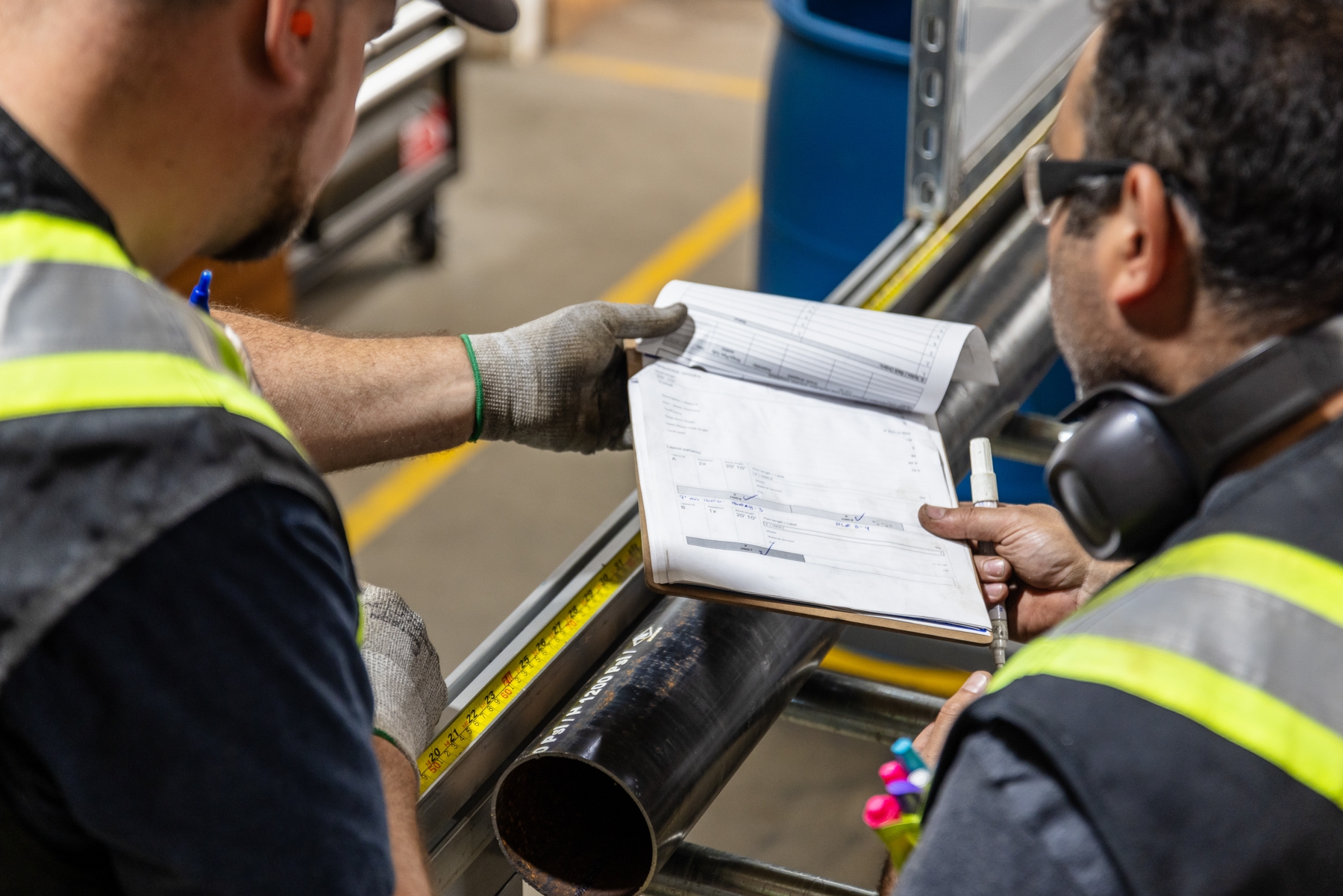
How to perform inspections:
- Inspections must be carried out by a combination of Managers, Supervisors, and Workers.
- Inspectors shall be trained in proper inspection procedures and be familiar with the tools, equipment, or area that is being inspected.
- The inspection should take into consideration past inspections, the effectiveness of actions and identify outstanding actions.
- The inspectors shall have site-specific orientations and wear all appropriate and required Personal Protective Equipment.
- Inspectors shall be objective when observing work areas and activities.
- Review completed FLRAs to establish an understanding of job scope and work activities.
- Identify any safe work procedures that may be applicable to the work to assist in the inspection process.
- Observe workers performing activities. Talk to workers to get an understanding of activities, hazards, and implemented controls. Also, observe the worksite for hazards. Take pictures to document where necessary.
- STOP work if there is a situation that is immediately dangerous to life or health.
- Discuss deviations with workers where applicable. Ensure they understand the requirement that is not being fulfilled. Use this time as an educational discussion. Not punitive or negative.
- Review tools, equipment, and PPE inspections to ensure that they have been completed and documented.
- Follow an inspection form or application guidelines.
Identification and correction of deficiencies:
- Items that are determined to be deficient or require attention shall be noted on the inspection form or application.
- Photographs can be uploaded to further illustrate issues.
- Tools and equipment identified as non-compliant shall be taken out of service and reported to your supervisor immediately.
- Deficient tools and equipment shall be protected from inadvertent start-up. This could include the application of a DO NOT USE tag, removal of keys, and/or physically locking the energy source out.
- Corrective action should be assigned in the inspection form or application.
In conclusion, workplace inspections play a pivotal role in ensuring the health, safety, and environmental well-being of employees and the overall success of an organization. The objectives of these inspections, ranging from listening to workers’ concerns to identifying and mitigating potential hazards, contribute to a proactive approach in preventing incidents and breakdowns. The benefits are substantial, encompassing not only a reduction in injuries and incidents but also cost savings associated with equipment downtime. performing inspections emphasizes the collaborative effort required from managers, supervisors, and workers. Proper training, familiarity with inspection tools, and adherence to safety protocols are essential components of a successful inspection process. The importance of objectivity, communication, and education during inspections fosters a positive workplace culture, enhancing worker morale and overall safety consciousness. In essence, workplace inspections are not merely compliance measures; they are proactive strategies that contribute to a culture of safety and continuous improvement.
